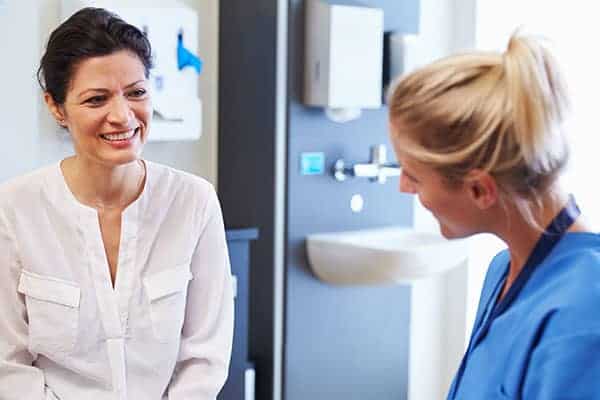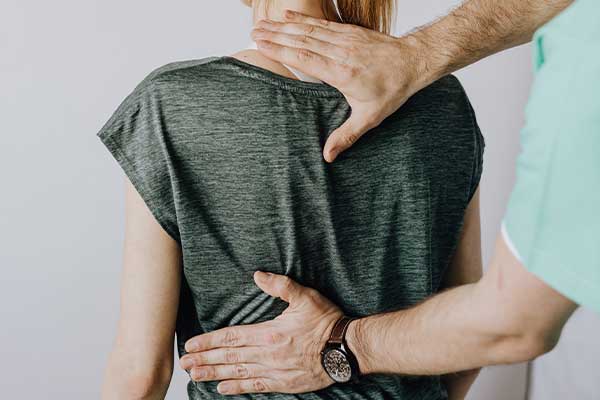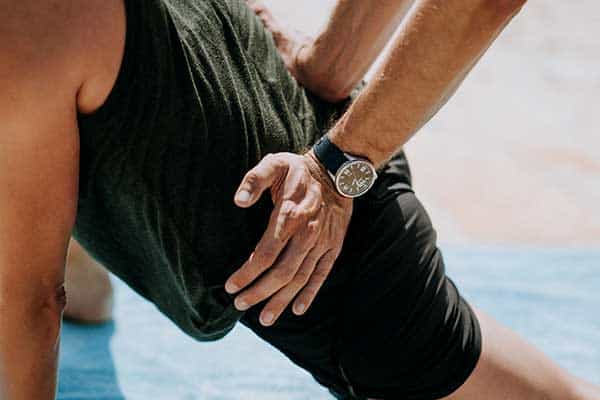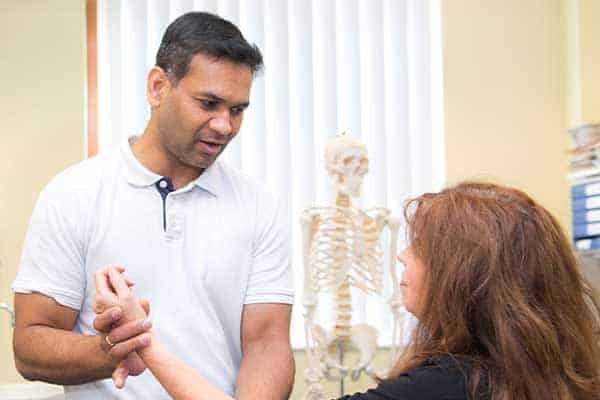Scoliosis is where the spine curves to the side. The spine may also twist at the same time, which can pull the ribcage out of position.
It can affect people of any age, from babies to adults, but most often starts in children aged 10 to 15.
In many cases, scoliosis can improve with treatment. It is not usually a sign of anything serious and treatment is not always needed if it is mild.
There are seven different types of scoliosis:
- Congenital
- Early onset
- Adolescent Idiopathic
- Degenerative
- Neuromuscular
- Scheuermann’s Kyphosis
- Syndromic
Of these, adolescent idiopathic is by far the most common, affecting 2-4% of adolescents. There is a greater risk among females of the curve getting worse.
What causes scoliosis?
Scoliosis is quite common. It occurs in otherwise healthy people and does not develop because of anything you might have done or not done. However, your genes may make you more likely to get it as it sometimes runs in families.
It affects people at different points in their lives, including before birth (congenital), in young children (early onset), in older children and teenagers (adolescent idiopathic) and as adults (degenerative, etc).
In most cases the cause is unknown, which is what idiopathic means. There are also types linked to specific conditions or syndromes.
What are the symptoms of scoliosis?
Typical signs of scoliosis include:
- A visibly curved spine.
- Leaning to one side.
- Uneven shoulders.
- One shoulder or hip sticking out.
- Ribs sticking out on one side.
- Clothes not fitting well.
For some people:
- Back pain may also be a symptom, especially in adults.
How is scoliosis diagnosed?
If you think that you or your child has scoliosis, see your GP. They will carry out an examination and can refer you for an x-ray and/or to see a specialist if they suspect scoliosis.
What are the treatment options for scoliosis?
Treatment for scoliosis depends on your age, the severity of the curve, and whether it is considered likely to get worse. Many people do not need any treatment and only a small minority require surgery on their spine.
Spotting and treating a curve early may enable you to try non-operative treatment such as bracing. If curves are discovered when they are already severe, treatment is more difficult and can be less effective.
Babies and toddlers may not need treatment at all, as the curve might improve over time. However, a plaster cast or plastic brace may be fitted to their back to stop the curve getting worse as they grow.
Older children may wear a back brace to stop the curve getting worse until they stop growing. Sometimes surgery is needed to control the growth of the spine until an operation to straighten it can be done when they stop growing.
Adults may need treatment to relieve pain, such as painkillers, spinal injections and, very occasionally, surgery.
It is not known whether back exercises help to improve scoliosis, but they can help with pain management as well as overall health and so should not be avoided, unless advised.
What is the prognosis (outlook) for scoliosis?
This depends on the type of scoliosis and the individual case.
Specialists have ways to assess the risk of the curve progressing – in other words, whether it will get bigger and how quickly this is likely to happen, or whether it will naturally correct itself.
Speak to your doctor for further guidance.

How to get referred
Find out how to get referred to Practice Plus Group MSK & Diagnostics for NHS treatment.




